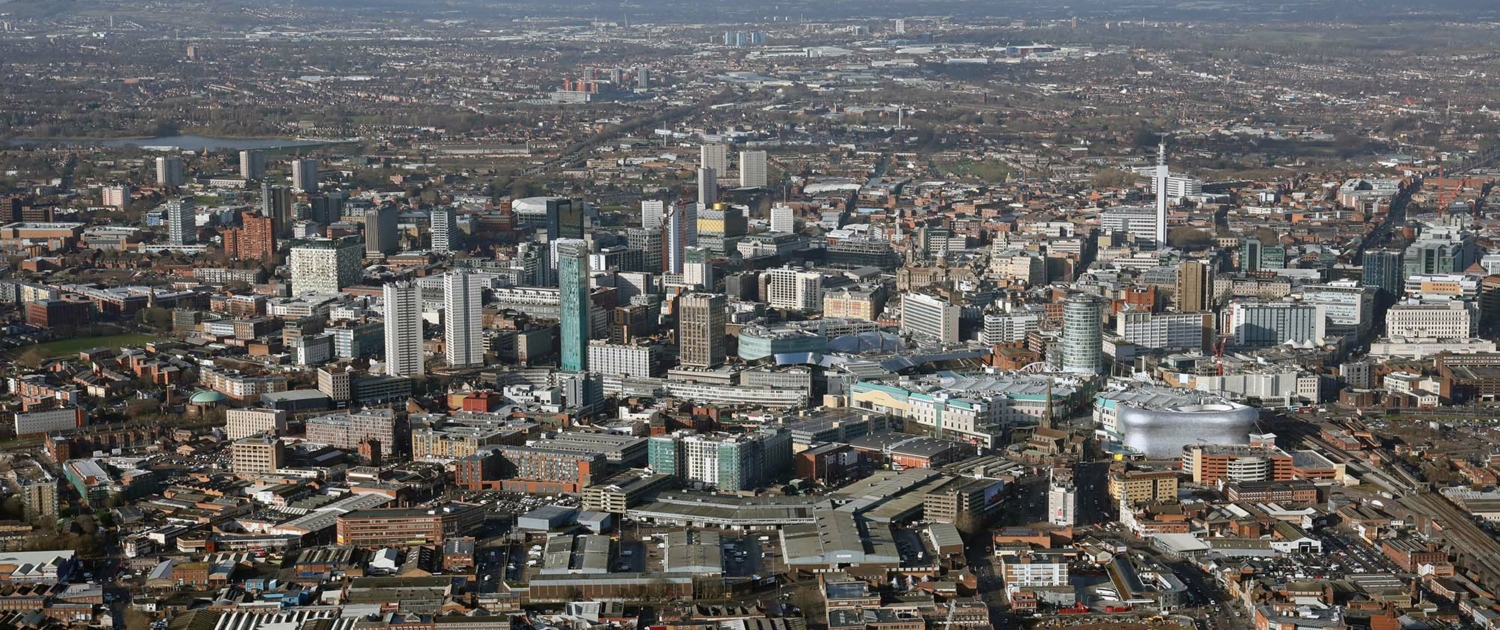Home > Geotopics > Birmingham > What changes have taken place in rural Worcester?
What changes have taken place in rural Worcester?
A segment of rural Worcestershire is situated to the southwest of Birmingham. This rural region has undergone many changes, including their respective costs and benefits. What factors drive these changes, such as the development of commuter villages? The key to this question lies in the evolving dynamics in Birmingham and similar cities.
- Population growth in Birmingham – From 2004 to 2014, Birmingham’s population expanded by 100,000, equating to a 9.9% increase, or an annual growth rate of 0.9%. This surge is attributed to increased birth rates, a decline in death rates, and international immigration. Such a population influx demands housing, employment opportunities, essential services like education and healthcare, retail outlets, and transport infrastructure. The quest to fulfil all these needs Birmingham’s growth has significantly affected the rural region of Worcestershire that lies near the city’s southern border.
- The demand for housing – Birmingham strives to utilise as many of its brownfield sites as possible for new housing, but these efforts fall short of the mounting demand. Consequently, more homes are emerging in the rural region of northern Worcestershire. Many of these new homes cater to single occupants, attributable to longer life spans, divorce rates, and a growing preference among young people to live independently.
- Employment – An increasing population of Birmingham workers are settling in rural areas. For instance, Belbroughton’s population has grown from 603 in 1960 to over 2400 in 2015 as it’s become a hub for Birmingham commuters. This shift is driven by individuals’ desires to reside in serene countryside environments, away from the perceived hustle, noise, and pollution of Birmingham.
- Urban Redevelopment – The city’s industrial history and current redevelopment projects have influenced the surrounding rural areas. Birmingham is proactively refurbishing its city centre and inner-city regions, resulting in the demolition of older industrial and commercial buildings. Some factories and offices are relocating from the city to the more spacious and cost-effective rural areas of Worcestershire.
- Increased and Flexible Leisure Time – Back in the 1970s, it wasn’t uncommon for people to work over 45 hours a week. This trend has gradually shifted, leading to increased leisure time. More flexible work schedules, including remote working, give people greater control over their free time. This shift, coupled with a growing preference for active lifestyles, has boosted interest in outdoor recreational activities like walking, cycling, and mountain biking in rural settings. These factors have increased the popularity of areas like the Lickey Hills, located on Birmingham’s southern fringe. Comprising 200 hectares of forests, grasslands, moorlands, streams, and lakes, the Lickey Hills draw in over 500,000 visitors annually.
Related Topics
Use the images below to explore related GeoTopics.


